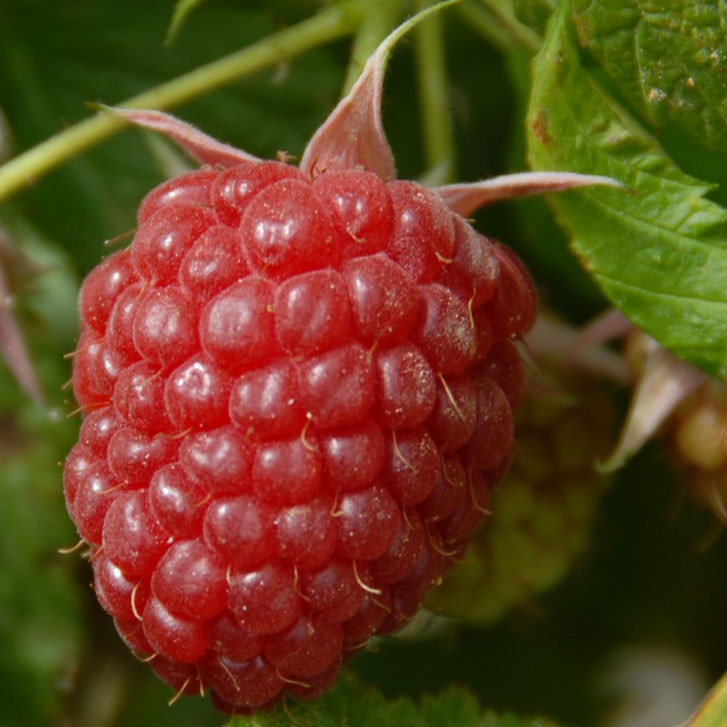Knowing and improving your soil
At Cwmgelli our soil is predominantly heavy clay, this can present problems for even the most seasoned allotmenteer.
Clay soils are heavy, high in nutrients, wet, cold in winter and take a while to warm up in spring, they can cake and crack during dry spells.
Clay soil drains slowly and is easily compacted when trodden on whilst wet. Although it is hard to dig, clay is very high in nutrients and when managed properly can be very rewarding.
There's no doubt about it; working heavy clay soil is a pain in the ar$e back. It sticks to your shoes (and tools) and can be more challenging. However, despite all the hard work, clay soil has its benefits. Namely, it can host life-giving plant nutrients and retain moisture better than other soil types.
With some work , you can turn your sticky clay into the humus-rich, fertile goodness your plants will love.
Add Organic Matter
Adding plenty of organic matter will really improve your soil. This can be compost, leaf mould, well-rotted manure or spent mushroom compost. This lightens the soil texture, discourages compaction, adds nutrients, improves drainage and aeration, moderates soil temperature, and provides pore space, essential to plant growth.
Add Garden Lime
It is believed that adding lime will raise the PH of soil making it more alkaline. This improves the texture of the soil making it easier to work with. It’s best applied in the autumn. Word of caution - do not use if planting potatoes as it encourages the formation of scab.
Protect your soil during winter
Covering your soil will reduce compaction caused by heavy rain and help the soil maintain its structure. It will also prevent valuable nutrients being leached from the surface layers and out of reach of your crops.
Mulching
You can cover your soil with mulches such as garden compost or leaf mould. The worms will work extra hard over this period dragging all the goodness into the soil. Though, you should not mulch soil that has been limed.
Cover It!
Cover the soil with plain brown cardboard (which must be weighted or pegged down to stop it blowing about). This protects the soil from nutrient leaching and will break down by spring and incorporate into the soil.
Heavy duty black plastic sheeting can also be used to protect the soil. It acts in the same way as cardboard - preventing the rain from leaching nutrients and suppressing weed growth. This also needs to be weighted down. Cardboard and/or mulches can be laid beneath to break down quietly in the dark.
Green Manures
Planting Green manure in late autumn can protect the soil from nutrient leaching during the winter. They can help maintain soil structure, fix nitrogen and improve soil friability. Generally, the green manure crop will be cut, dug or hoed back into the soil in the spring, in turn releasing nutrients back into the soil.
What about No Dig?!
I know what you are going to say - but that’s a topic all on its own and you still need to care for the soil!
Comments
Login to commentThere are no comments...









